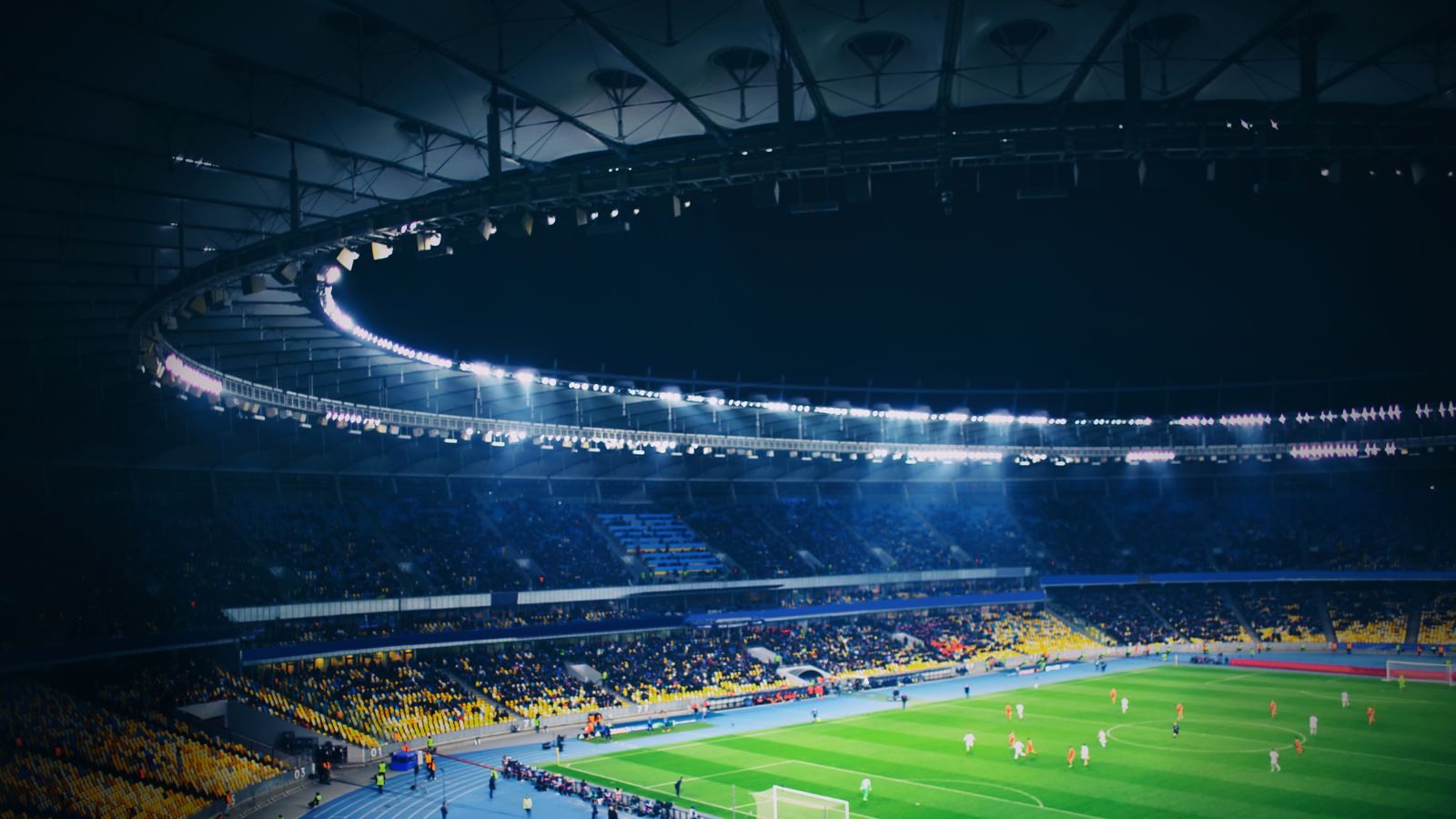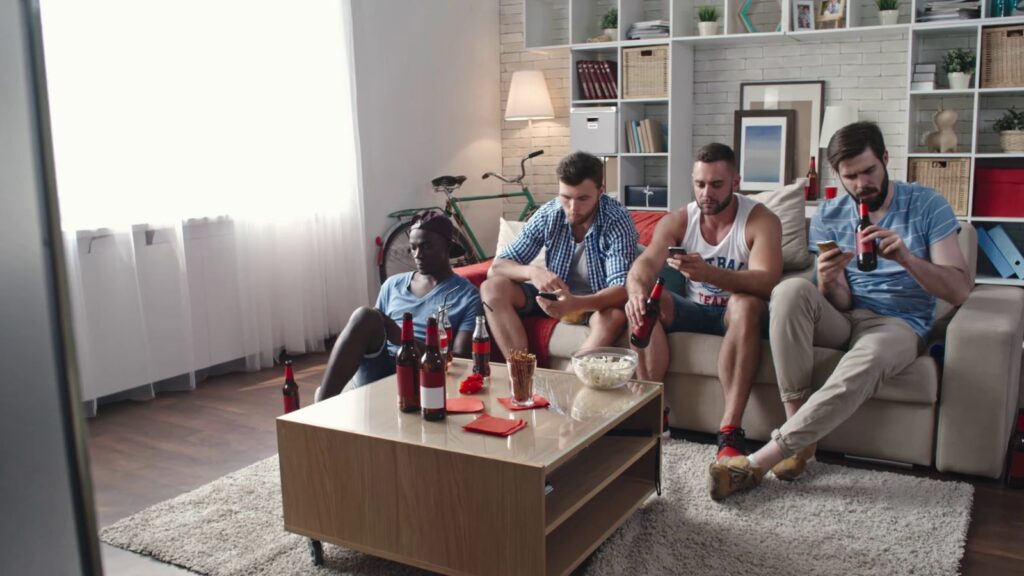There was a time when it was all about sitting on the couch, hands around the bag of chips, eyes fixed on the TV, and undistracted attention to the game. No interruptions. No distractions. Just the game and maybe some friends yelling at the screen.
Times have changed, though.
In the era of hyper-connection, the football experience has expanded beyond the broad screen. Fans now watch games with a phone or tablet handy, constantly checking stats, participating in group messaging, or tweeting live responses. This is the second screen culture that we know today, and in major football tournaments — from the UEFA Champions League to the World Cup — it is a global ritual.
Why Football Fans Love The Second Screen
There are a few reasons why second-screen culture has exploded in football circles.
First, football is full of pauses — free kicks, injuries, VAR delays, halftime breaks — which give viewers plenty of chances to reach for their phones. Unlike sports with continuous action, football gives fans time to digest and react in real time.
Second, football fandom is emotional. Whether it’s joy, rage, or disbelief, fans want to share what they feel the moment they feel it. Social media has become the digital stadium, filled with roars, chants, and boos — all typed in caps lock.
Third, fans crave more information. A casual viewer might want to know who scored. A hardcore fan might dig into heat maps and xG stats. The second screen makes this data available instantly, enriching the understanding of the game.

Apps That Fuel The Experience
The rise of second-screen culture has been closely tied to the rise of mobile apps built specifically for sports engagement. Some offer live stats and scores, others provide expert commentary, fan forums, or fantasy team tracking.
Some apps combine several tools in one, offering not only match updates but also fantasy features, player insights, and more. A notable mention in this space is the 1xbet apk download, which gives users access to a wide range of real-time match features. From following scores to tracking tournaments and lineups, such apps give football fans a complete second-screen experience without switching platforms.
These apps have turned smartphones into command centers for football lovers, where stats, news, opinions, and emotions come together in one place.
The Impact On Fan Behavior
Second-screen culture has also changed how people behave during games. Where fans once sat quietly in front of the TV (or maybe just shouted at it), they now engage in group chats, post polls on Instagram, or even go live on TikTok to react to key moments.
Watch parties have gone virtual. Fans separated by borders can still watch together, synced through messaging apps and streaming platforms. It creates a sense of presence, even from afar.
This behavior is especially visible during big tournaments. During the World Cup, for example, Twitter floods with reactions, Reddit threads explode with theories, and group chats go silent when penalties begin — only to erupt seconds later. The match might be on TV, but the real-time commentary happens on mobile.

The Double-Edged Sword
Of course, not all second-screen behavior is positive. Some critics argue that it’s distracting fans. Instead of soaking in the game, they’re focused on stats and tweets. The fear is that football is becoming less about feeling and more about calculating.
There’s also the question of burnout. With non-stop content and constant interaction, the joy of simply watching a match can be lost in the noise. Some fans are now trying to “unplug” during games — switching off the second screen to reconnect with the sport in its purest form.
Still, for most fans, the benefits outweigh the drawbacks. The second screen adds depth, connection, and expression — three things at the heart of every football fan’s experience.
Conclusion
Looking ahead, the second screen is likely to become even more integrated into the match experience. We’re already seeing experiments with live stats overlays on phone cameras, AR-based fan challenges, and synced multi-angle views controlled from mobile devices.
Whether you’re tracking your fantasy league, reacting to a controversial goal, or scrolling through memes at halftime, the second screen has earned its place in the modern football ritual.
The big screen may still show the goals, but the small screen is where fans come alive.

